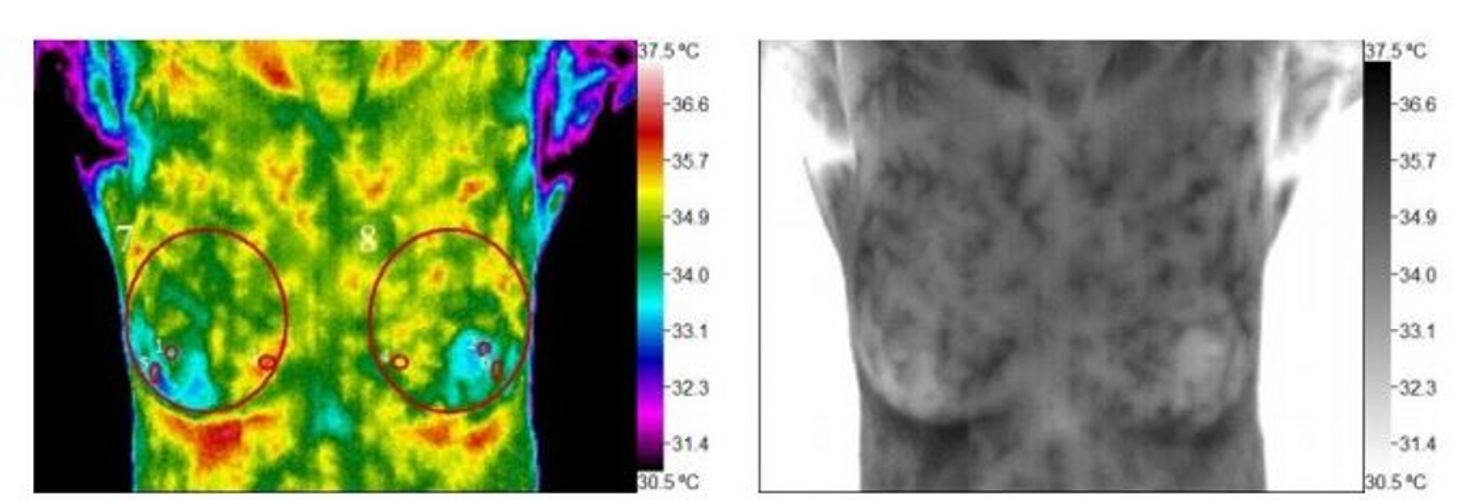1 in 8 women will get breast cancer in her lifetime. Those statistics went from 1 in 11 in just a couple of years. Cancer from environmental toxins is on the rise.
A new survey of scientific evidence conducted by researchers working with the Breast Cancer Fund makes a persuasive case that the industrialized world's rising breast cancer rate may stem from exposure to radiation and chemicals in plastics, pesticides, cosmetics, and other common household goods. Thanks to the industrial revolution, there are now more than 85,000 chemicals registered with the U.S. government, and about 1,000 new chemicals are added every year.
Endocrine disrupting chemicals, or EDCs, have gained particular attention as a potential breast cancer risk. EDCs are chemicals that mimic or interfere with the body’s natural system of hormones.
The reason why EDCs are of such concern for breast cancer is that hormones have been shown to affect breast cancer risk. Based on what we know about how breast cancer develops, chemicals that behave like hormones can increase susceptibility to the disease in two ways: They can feed a breast tumor that’s already present or they can change the composition of the breast, leaving it more vulnerable to carcinogens.
The report targeted so-called "endocrine-disrupting" chemicals that cause changes in the body's hormones. The Breast Cancer Fund is calling for immediate comprehensive bans on two endocrine-disrupting chemicals that are essential building blocks of a host of plastic products: Bisphenol A (BPA), and Phthalates.
These estrogens affect breast tissue with distinct heat patterns that can only be seen on the inverted grayscale of infrared thermal imaging. Only thermography can provide you with a visual image of these distinct heat patterns and assess the severity of this syndrome. Classically these foreign estrogens show up as leopard spots or mottling in thermographic images. This should be dealt with immediately through proper comprehensive detoxing.
Thermography can Identify signs of abnormal pathology years before a mammogram. Thermography is a radiation-free, painless, safe, preventive screening regardless of age, size, density or nursing.
Don’t wait for problems to arise. Know the condition of your breast and the toxic load they carry.














